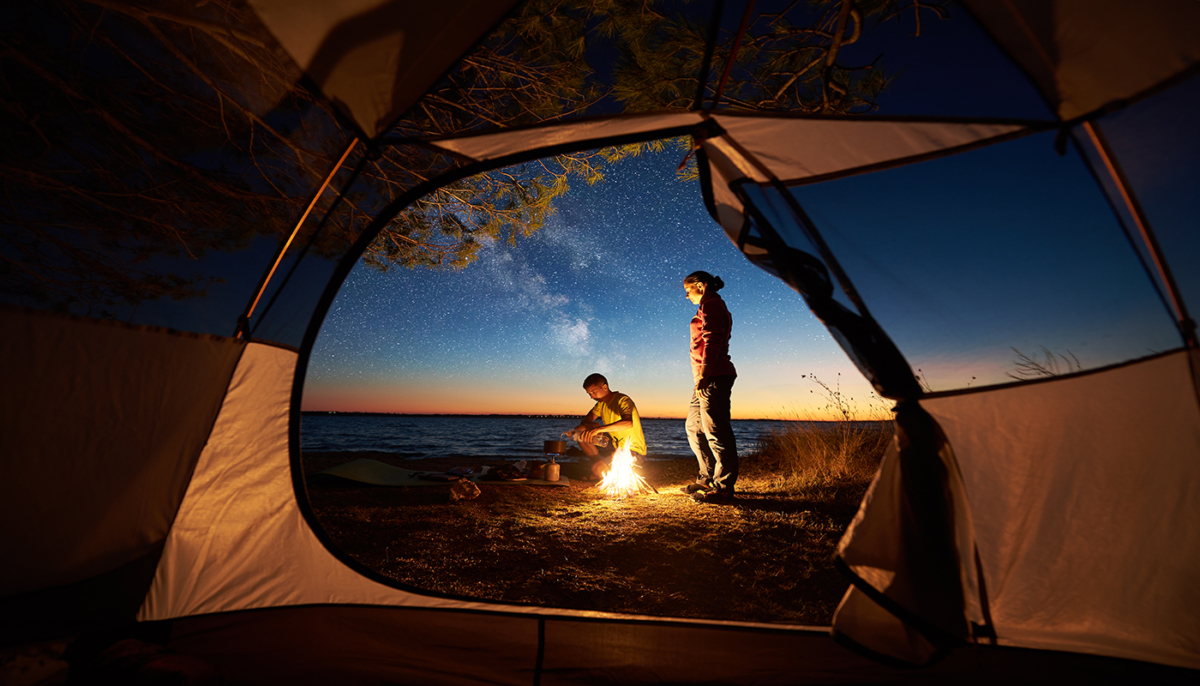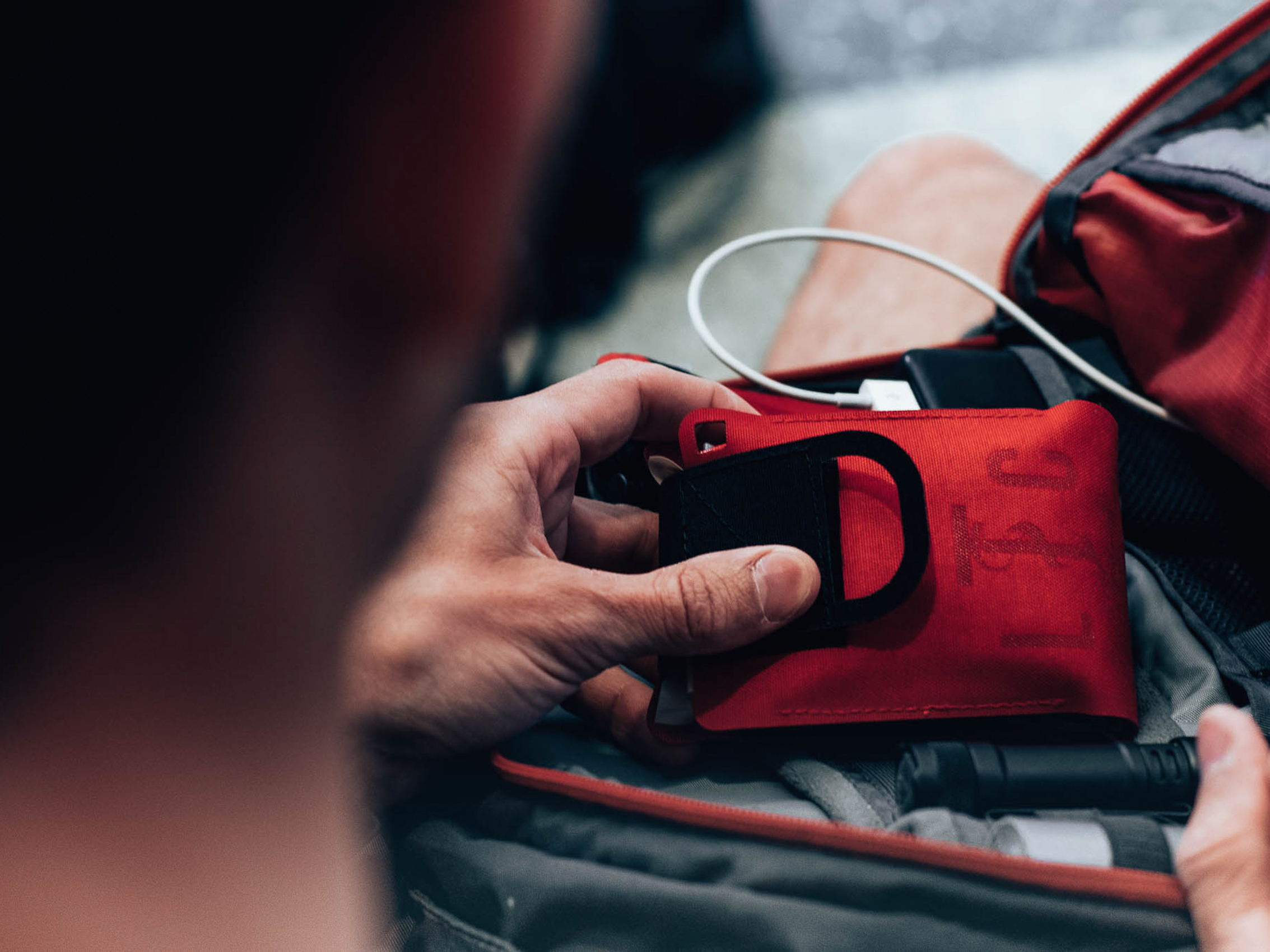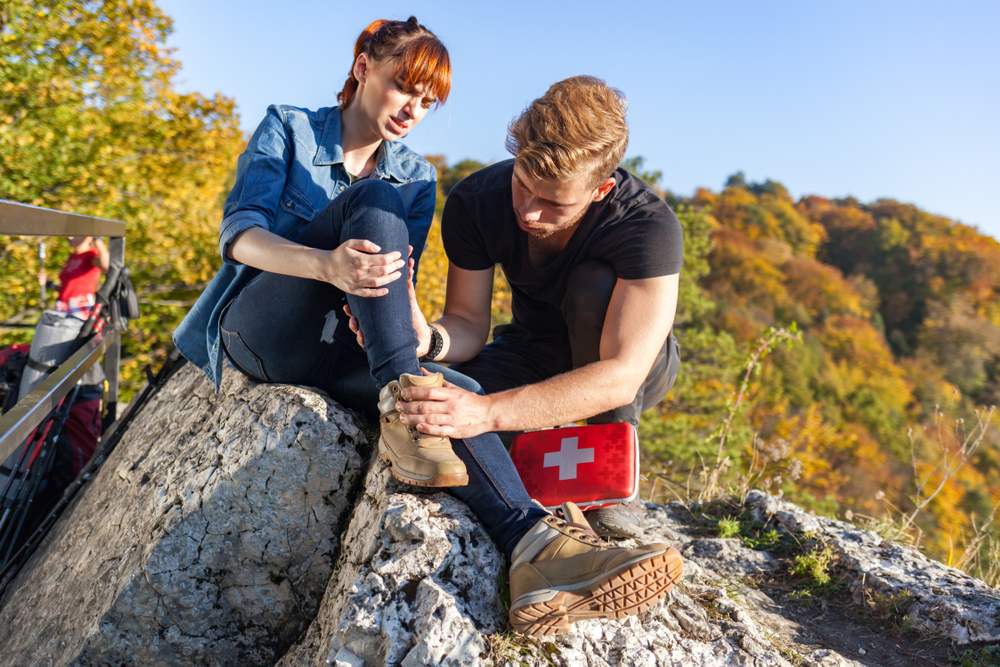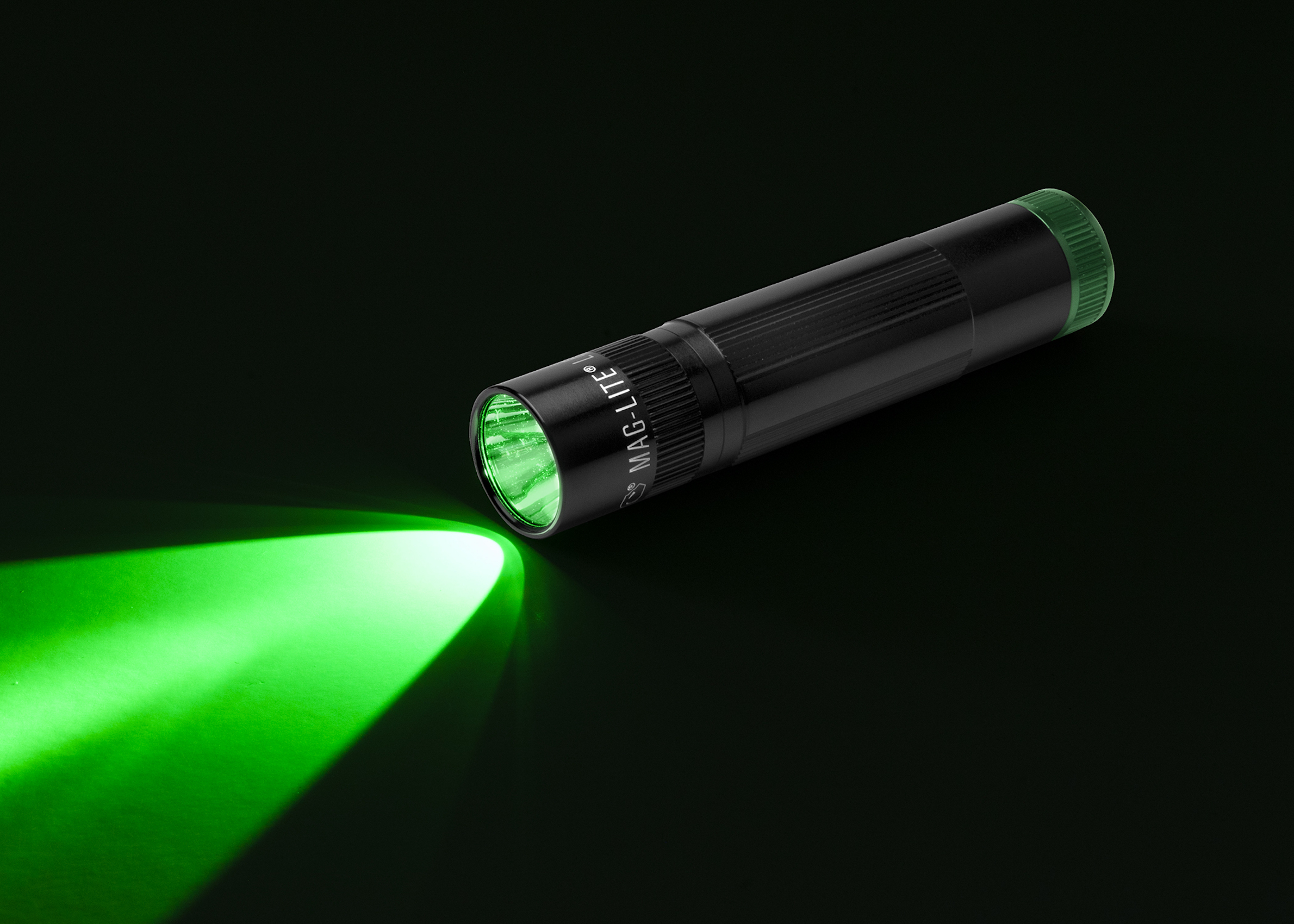


Summer weather invites exploration of local, state, and national parks. The vast majority of park visitors spend only a few hours happily traipsing around before returning to their vehicles and safely returning home. However, as the TV series “Gilligan’s Island” taught us, plans can go awry, making it a good idea to be prepared, just in case.
Unless the hike is on a popular trail that does not go far beyond the parking lot and sees a steady flow of other hikers, the first thing to do is have a plan and follow it. Taking it a step further, its a good idea to share the day’s plans with friends or family who know to be concerned if they don’t receive an “I got home OK” call or text at the end of the day.
The most common issues involve becoming lost, sunburnt, thirsty, or a foot injury such as a blister to twisted ankle, making it a good idea to carry some basic gear, including sunscreen, a fully-charged cellular phone, a hat, water, and a few energy bars. There are other items that might not occur to everyone, but are worth considering, and that fall under the category of “cheap insurance.”
Falling is one of the most common hiking-related injuries. Loose stones or slippery moss can be treacherous, but wearing the wrong type of shoes can also lead to injuries. As an example, western-style boots are a bad idea on trails, as are any other shoes that do not enclose the entire foot or provide good traction. Those who do not own hiking boots can make do with cross-training shoes.
It’s a sure bet hikers will get thirsty, and those seeing a mountain lake or stream may be tempted to take a refreshing sip. However, a better idea is to use a Lifestraw to filter out bacteria such as E. coli or parasites such as giardia that may be lurking in the water. These personal water filtration systems fit in a pocket, yet can filter up to 1,000 gallons of water.
It’s safe to assume that many people under the age of 45 with no military or scouting experience have never used an old-fashioned compass. While there are compass apps available for most phones, they don’t take battery loss into account. A compass can be tucked into a pocket, next to a map of the park, to be used if the trails suddenly begin to look alike, making it difficult to know how to get back to the car. A phone is a good idea to be used to call for directions, but as anyone who watches horror movies knows, phones have a finite range and are susceptible to dead batteries.
Basic first-aid supplies including band-aids, antiseptic wipes, tweezers, and compression bandages are the bare minimum to toss into a backpack next to water bottles and energy bars. A better idea is to bring a compact pocket trauma kit containing items carried by every first responder. The LTC Pocket Trauma Kit is about the size and shape of Grandpa’s overstuffed wallet, yet can be a lifesaver as it includes a tourniquet, bleeding control wound dressings, bandages, and more. The company offers online training in the proper use of their kits.
A pocket knife is another handy item to have. Spyderco’s Manix 2 weighs less than five ounces and has a clip to secure it to pocket or backpack, making it easy to access. The partially-serrated blade opens snack packages with ease, while the non-slip G-10 handles provide a secure grip. Running out of light is another potential dilemma. Phones have flashlight apps, but a dead battery can leave the hiker quite literally in the dark. Tucking a small flashlight—with spare batteries—into a pocket is another form of cheap insurance. Best known for large flashlights used by law enforcement, Maglite’s compact XL50 LED Spectrum is an ideal choice for hikers. Powered by three “AAA” batteries, it provides up to 31 hours of light at the low setting. It is available with a green LED bulb that won’t affect night vision, an important consideration when walking on trails after dark, yet can be seen a mile away, making it a viable rescue beacon.
Those venturing far off into the wild, even on just a day hike, would be wise to bring matches or a lighter to start a fire in case something happens. A particularly useful tool is a compact axe. The Woodsman from Manly Bands weighs about two pounds and has a blade cover so it can be tucked into a backpack until needed. It is ideal for breaking up small tree limbs for a fire or even to make an emergency shelter. In between hikes it makes great Man Cave décor. Go to SmokeyBear.com to learn how to make a campfire.






